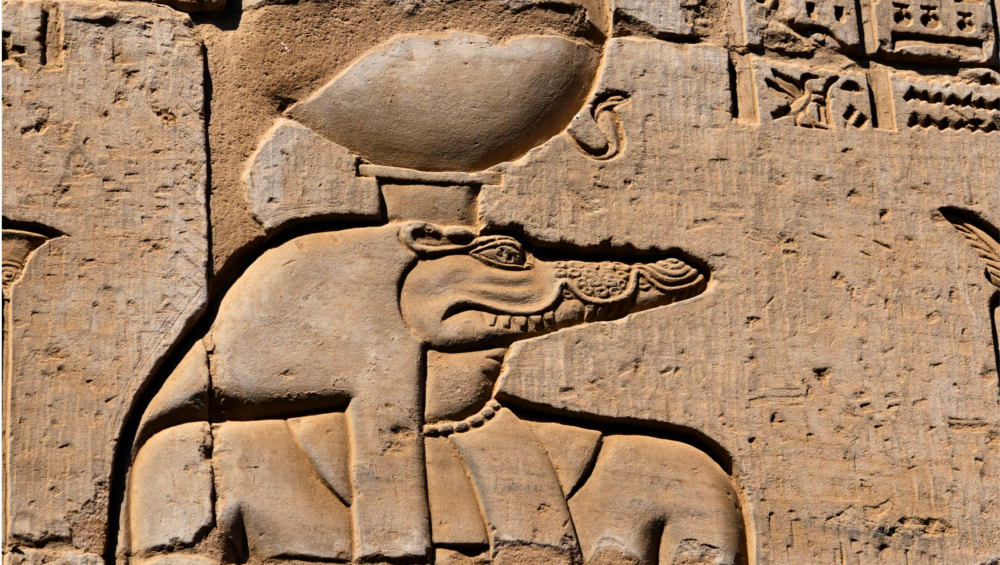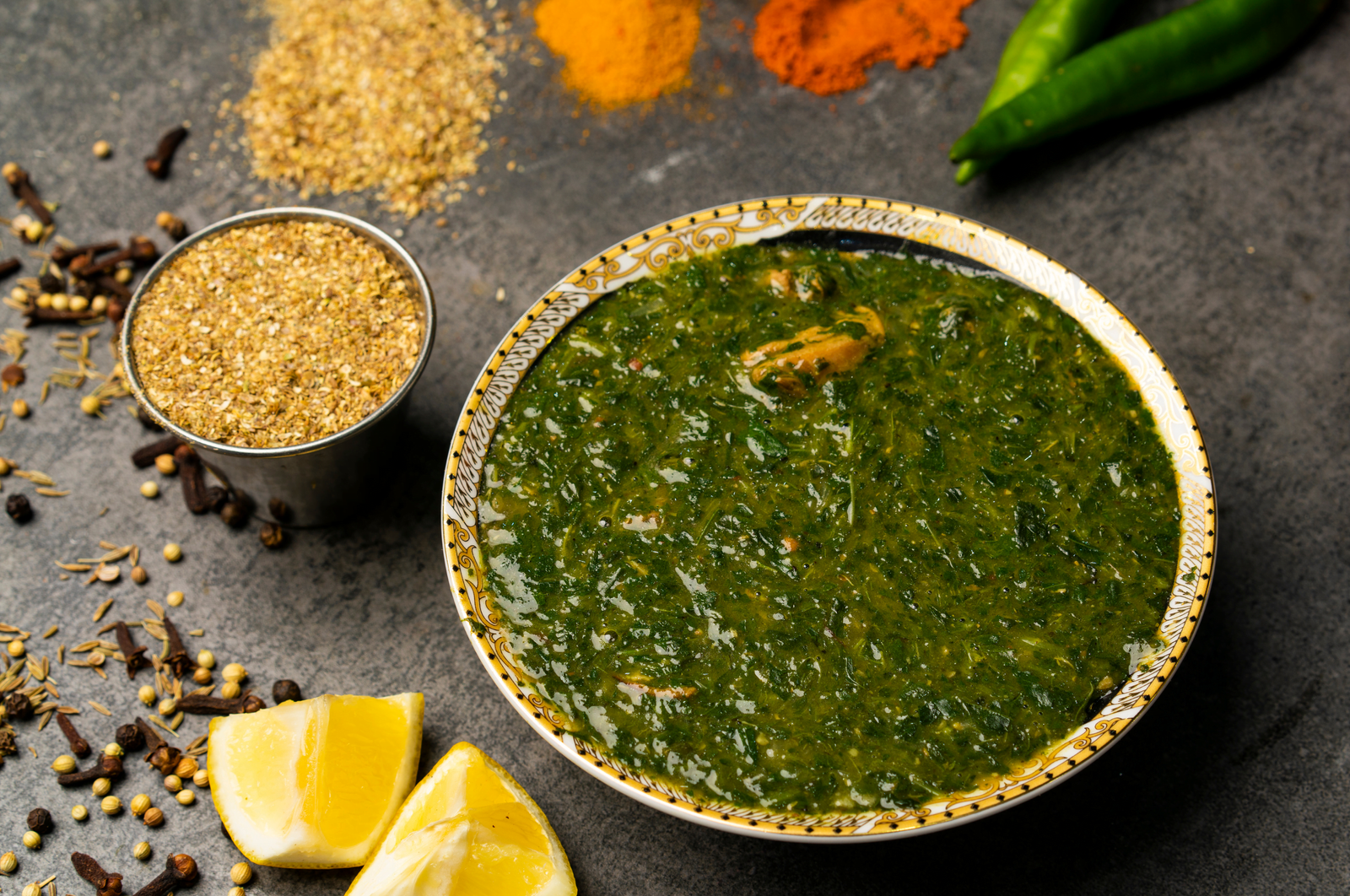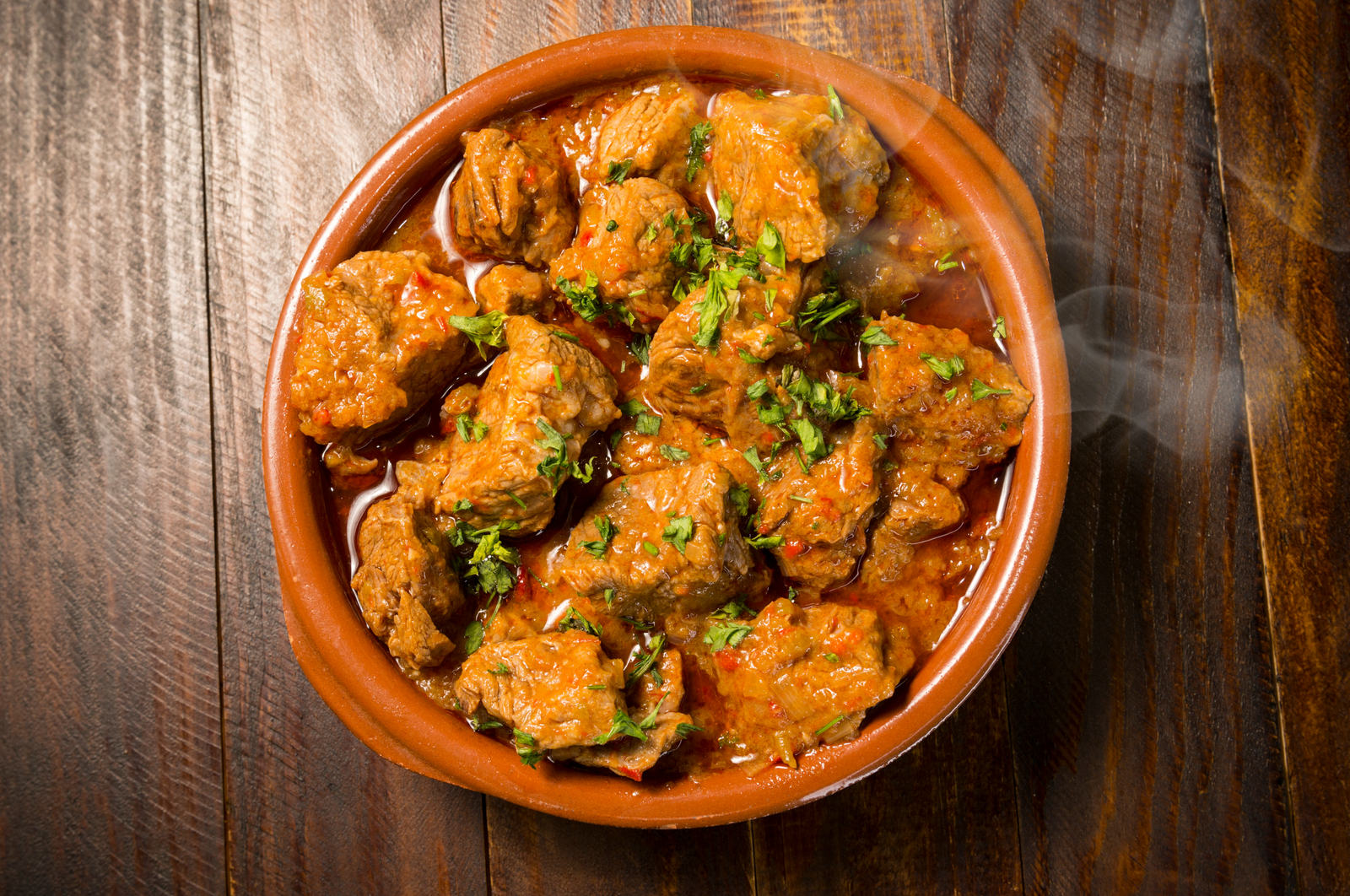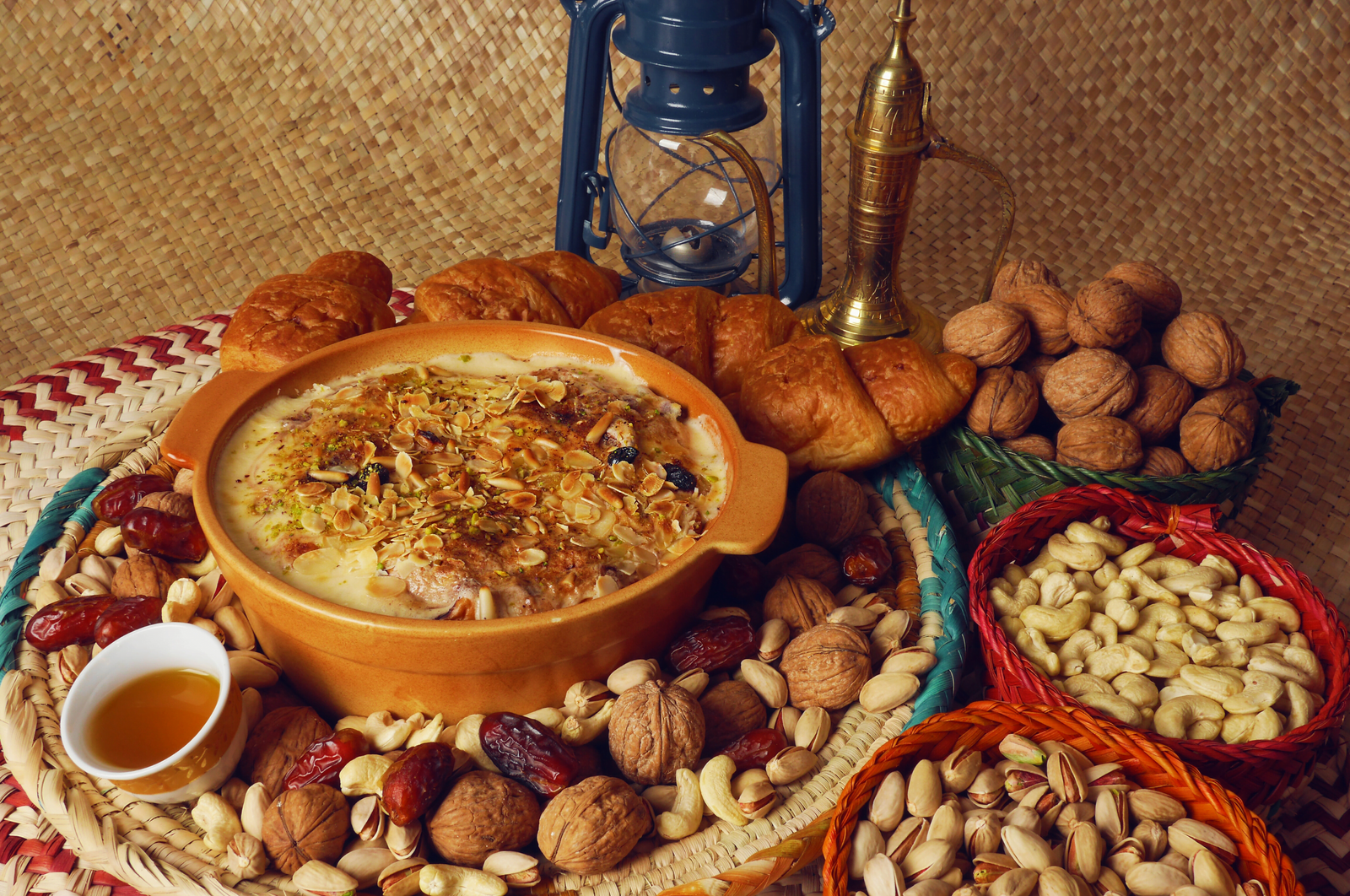Sobek: The Crocodile God Who Guarded Ancient Egypt’s Secrets
Among the myriad deities in ancient Egyptian religion, Sobek, the crocodile god, stands out for his fearsome appearance and multifaceted roles. Revered throughout Egyptian history, he symbolizes both the powerful and protective aspects of nature. This article explores Sobek’s significance, symbolism, and worship, focusing on key sites like Kom Ombo and Luxor, where his legacy prominently displays.
Sobek’s Appearance and Attributes
Sobek, depicted with a crocodile head and a man’s body, embodies a complex blend of attributes that makes him one of the more intriguing figures in Egyptian mythology. He protects the land and serves as a deity associated with fertility and the Nile. The crocodile, with its dual nature of danger and protection, mirrors his attributes as both a fearsome and nurturing force.
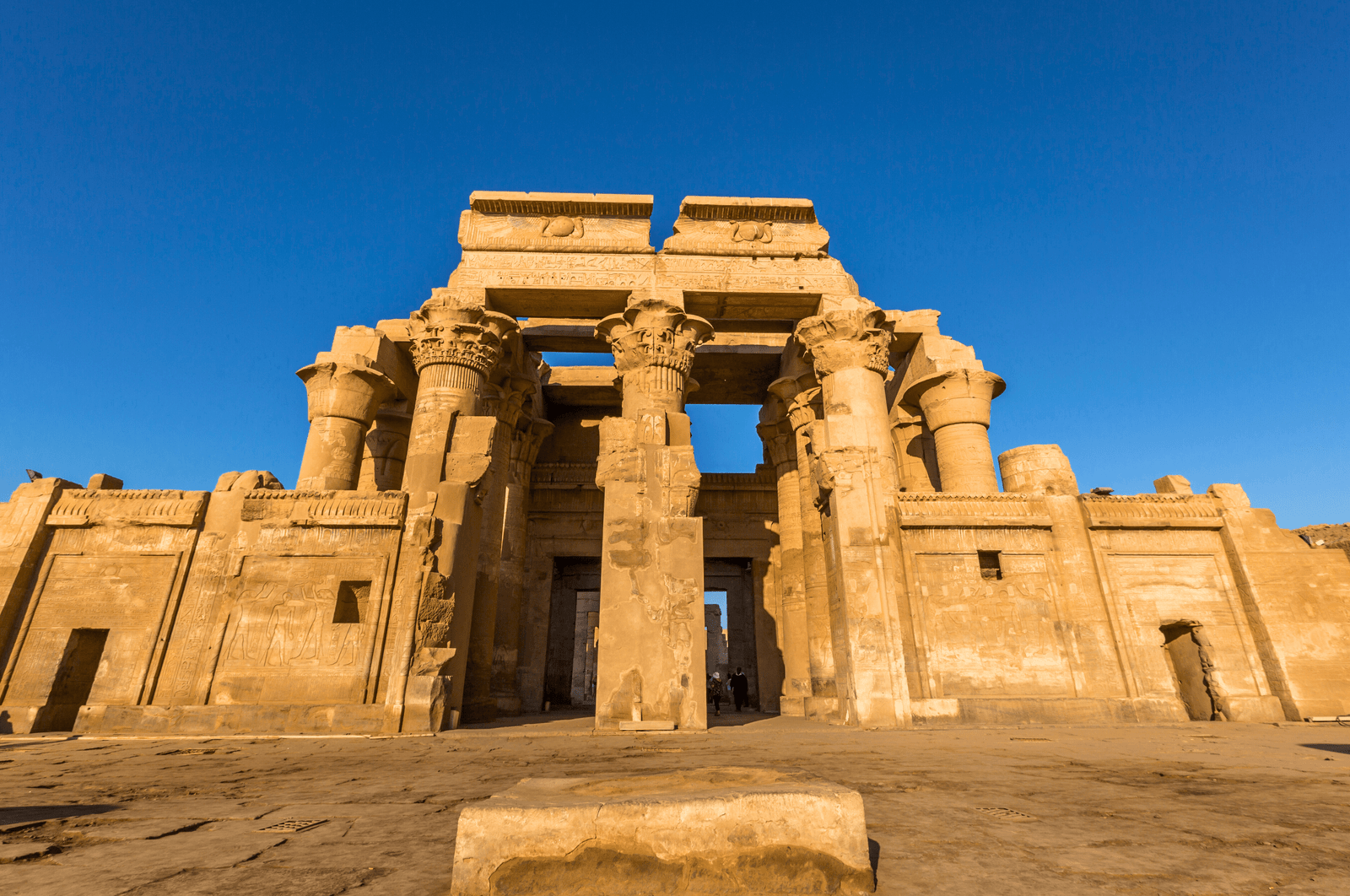
Sobek’s worship spread widely, and many temples throughout Egypt dedicated themselves to him. Among the most notable sites is the Temple of Kom Ombo, located near Aswan. This unique double temple honors both Sobek and the falcon-headed god Horus. Its design reflects Sobek’s duality, featuring symmetrical sections for each deity. The walls of Kom Ombo showcase detailed reliefs of Sobek, and the site includes sacred crocodile pools and mummified crocodiles, highlighting the god’s significance and the rituals performed in his honor.
Sobek in Luxor

In Luxor, visitors can see Sobek’s presence at the Temple of Karnak, although this temple primarily honors Amun-Ra. Moreover, his inclusion in Karnak’s complex highlights his importance within the broader pantheon of Egyptian gods. Likewise, Luxor, with its many temples and monuments, offers a rich context for understanding how ancient Egyptians venerated Sobek.
Rituals and Offerings

Sobek’s worship involved various rituals and offerings. For instance, crocodile mummification was a significant practice, with people presenting mummified crocodiles to Sobek during religious ceremonies. Festivals dedicated to him featured processions and offerings designed to honor and appease the deity, reinforcing his role as a protector and bringer of fertility.

The legacy of Sobek continues to interest scholars and fans of ancient Egyptian religion. Moreover, Sobek’s complex nature and various roles provide insights into how ancient Egyptians understood nature. Additionally, they reveal how they practiced their faith. Finally, his presence at important sites like Kom Ombo and Luxor shows his lasting influence on Egyptian culture and religion.
In summary, Sobek represents a unique intersection of nature, power, and divine protection in ancient Egyptian mythology. His worship, shown in grand temples and rituals, provides a glimpse into the fascinating world of ancient Egyptian religion.
At Odysseys Voyage, we offer a variety of packages to explore Kom Ombo and other incredible sites throughout Egypt. Discover our Egypt Travel Packages to plan your next adventure.

